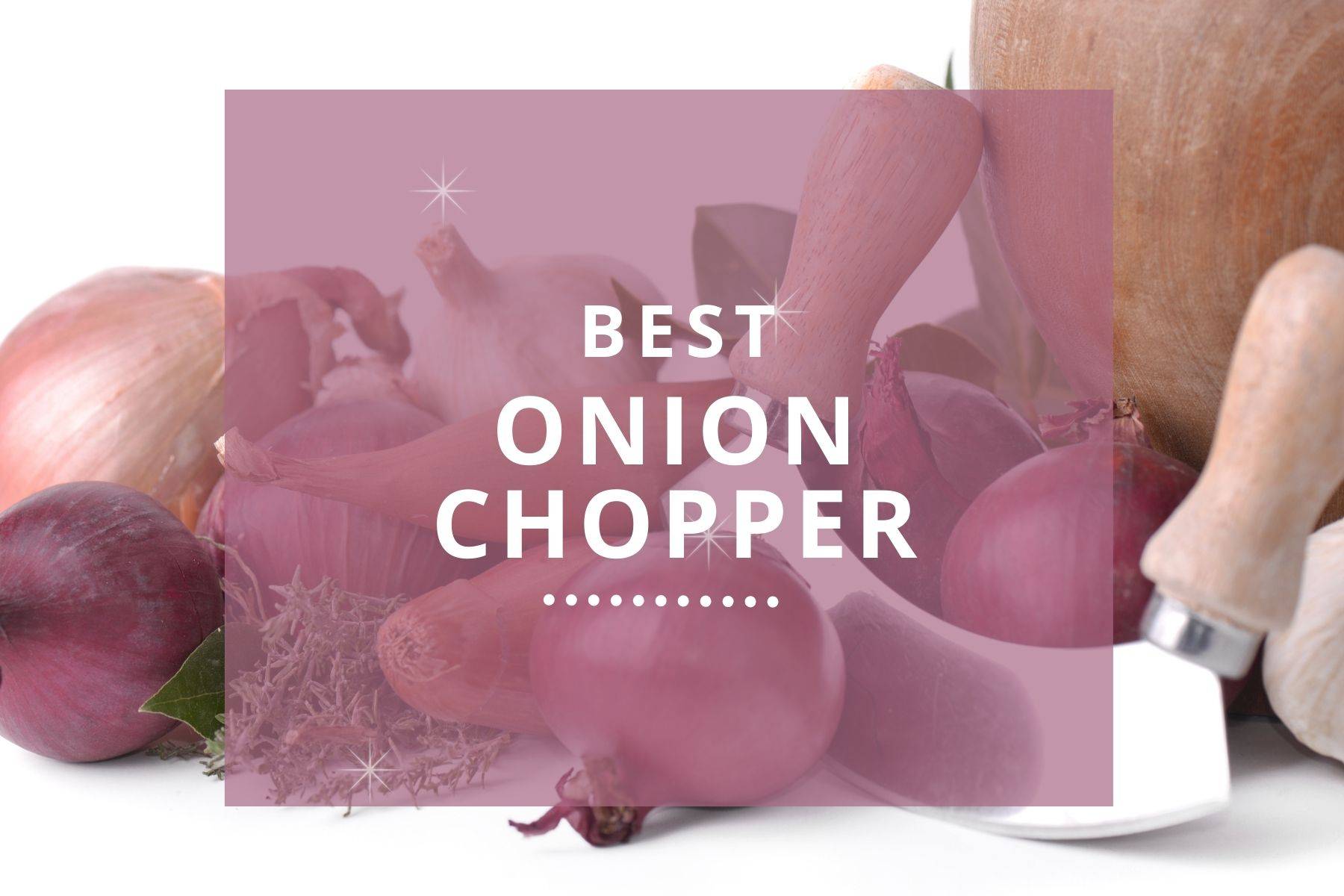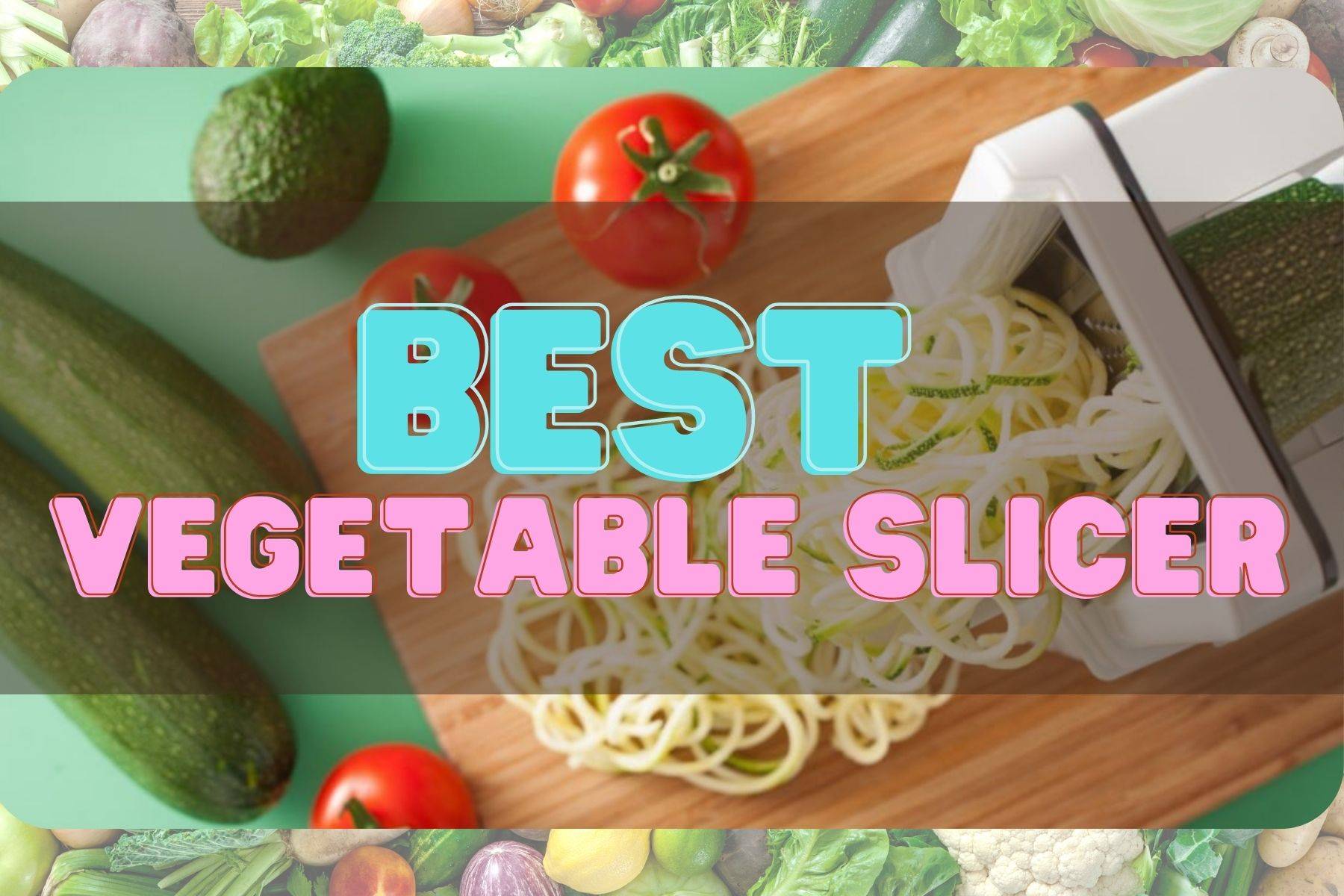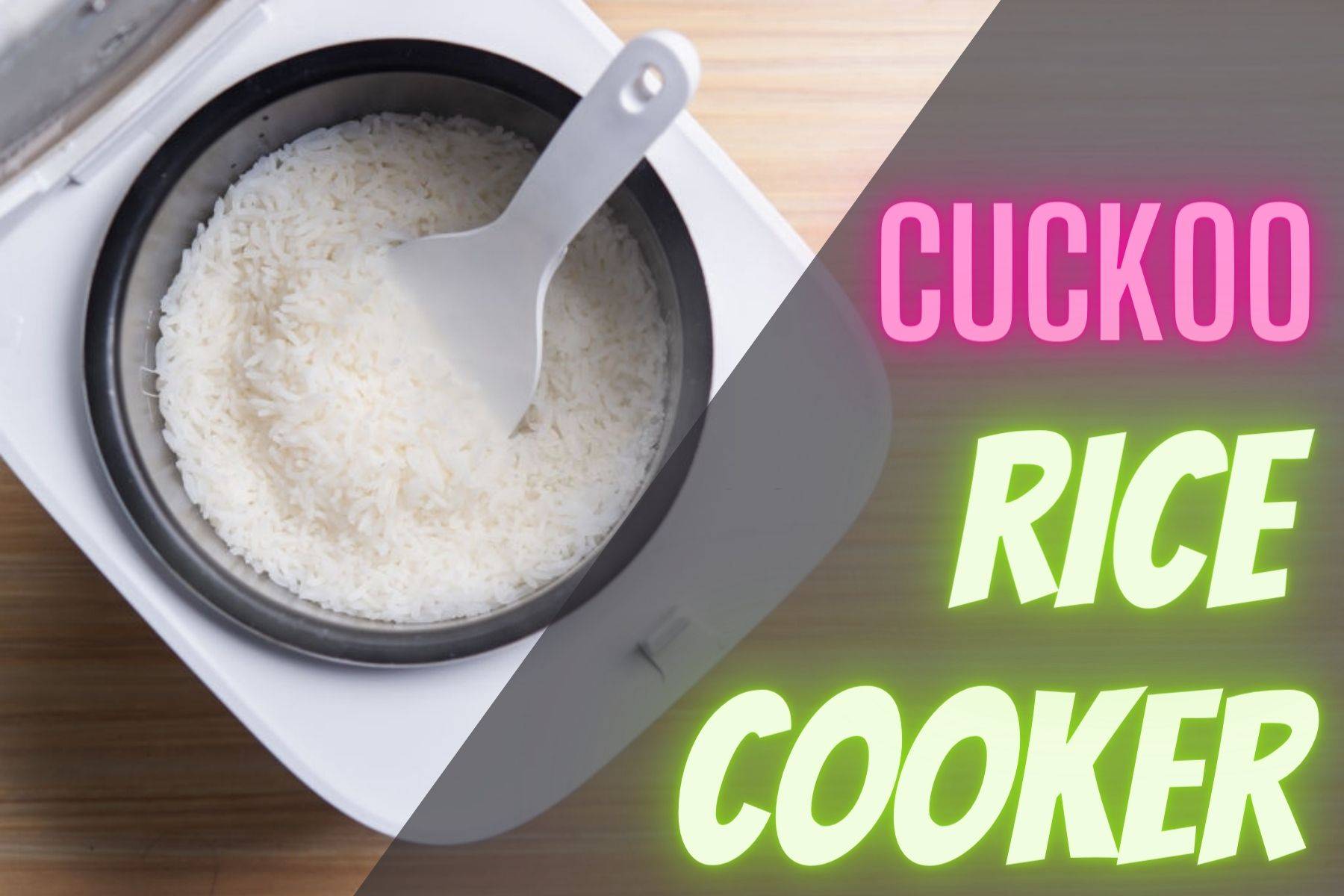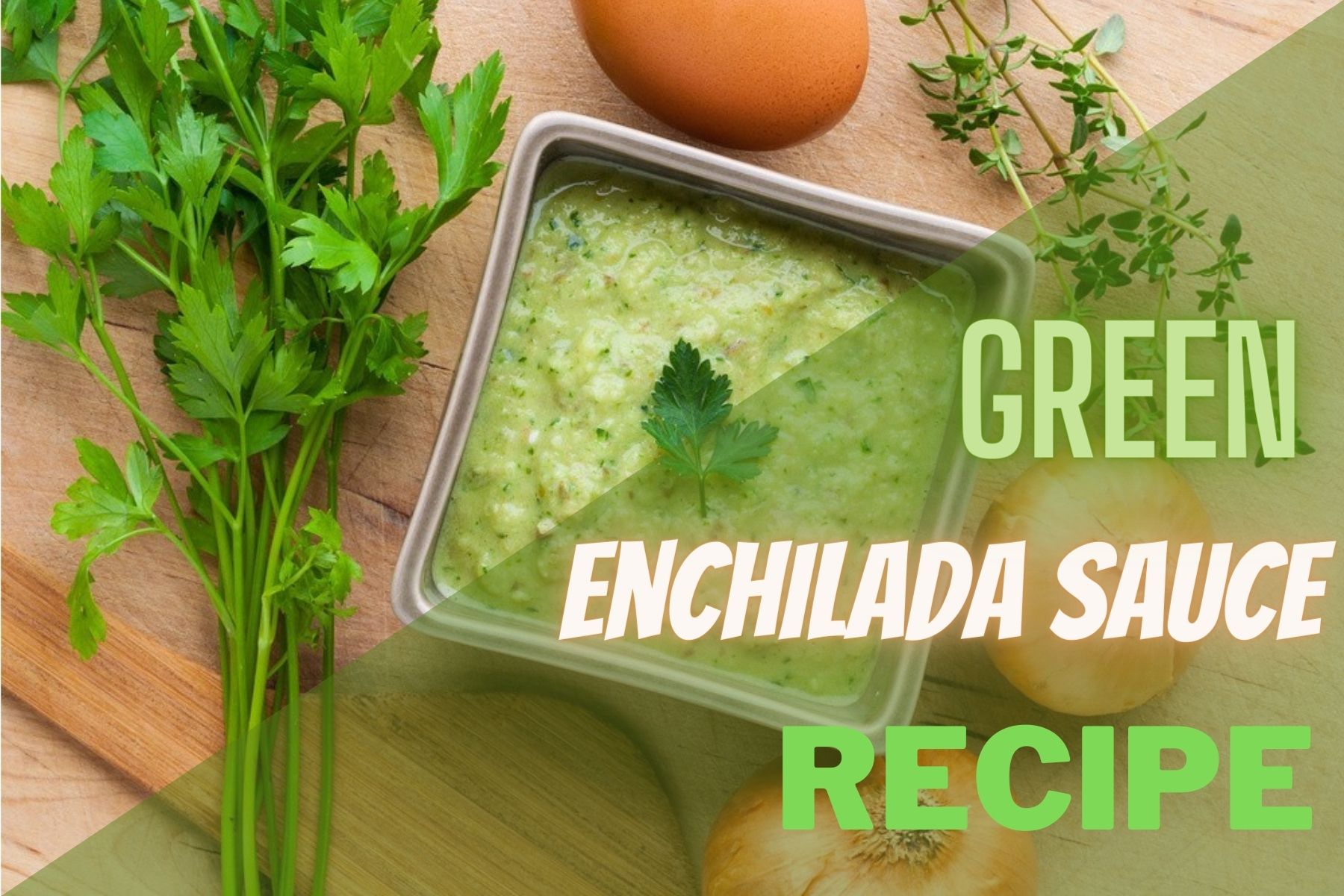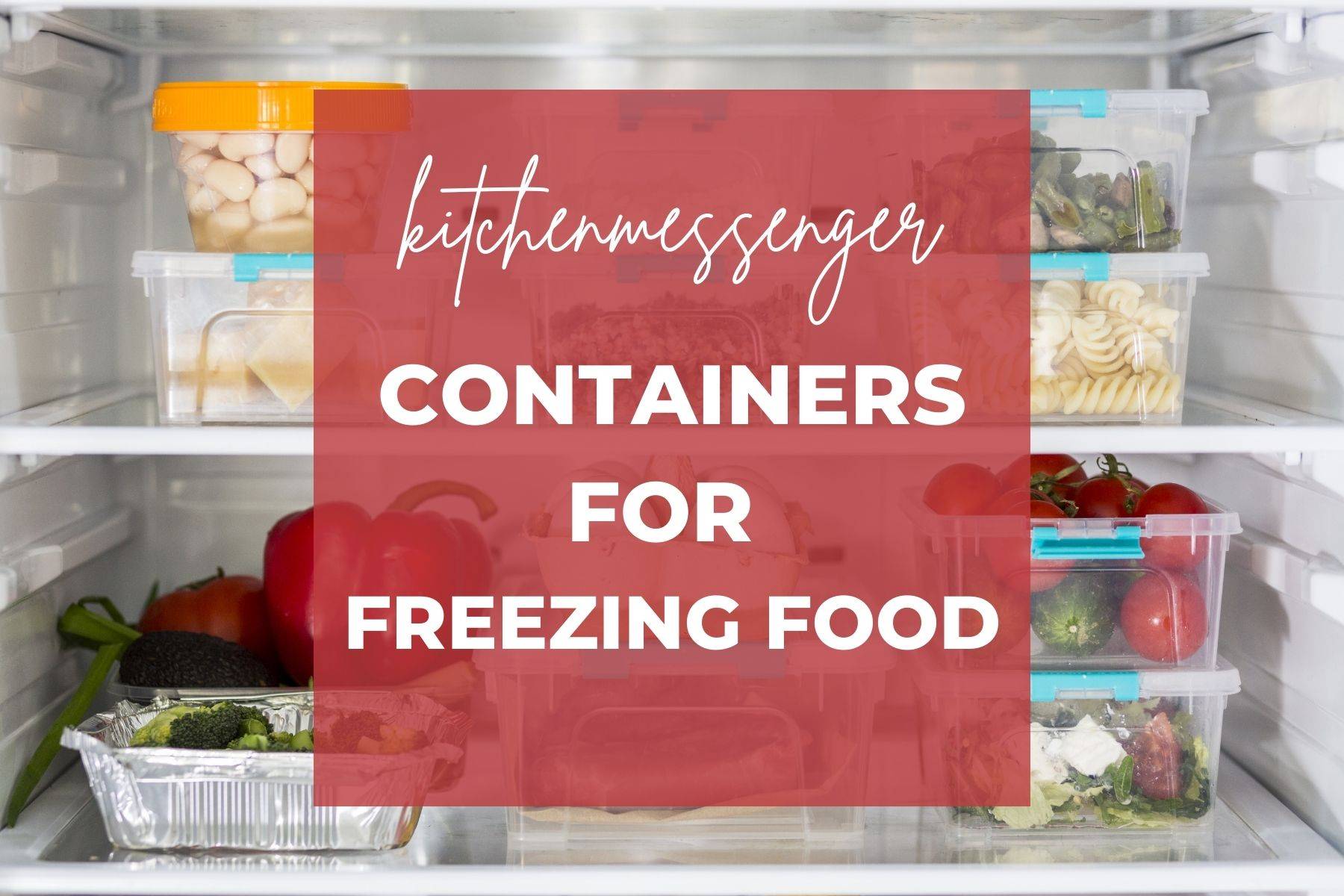If you’re looking for a better-tasting cup of coffee you may have to know “How To Choose Coffee Grinder”. Maybe it’s time to invest in an amazing new coffee machine. But with all the options on the market, picking one Coffee Grinder can be tough! Let me help, I’ll break down some important information regarding how to choose a coffee grinder between burrs and blades.
Why You Need to choose a Coffee Grinder
Grinding fresh coffee beans right before brewing makes a big difference in the taste. Coffee beans don’t simply brew themselves, so before you’re able to enjoy your morning cup of coffee. It’s important that you grind it in advance. Additionally, sometimes a specialty coffee may not be available pre-ground which is why owning a good grinder is key. The biggest benefit of owning and using an electric burr grinder is the ability to grind according to your own preferences. While highlighting the unique nuances present in each and every type of bean used for any application from espresso connoisseurship all the way up through French press brewing styles.
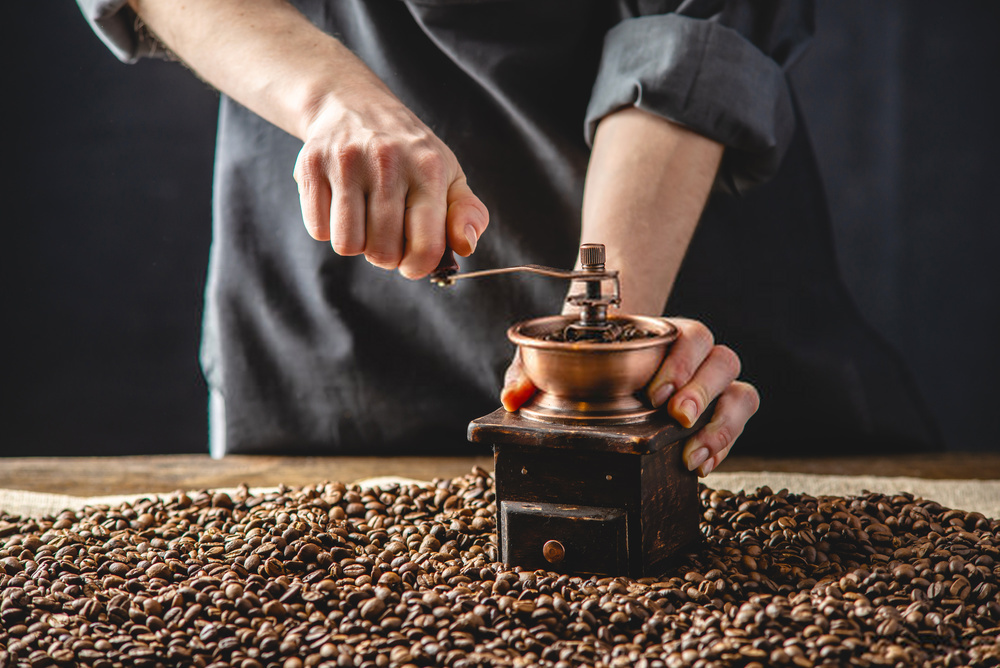

You can get coffee pre-ground or a “pod” that brews at the touch of the button, but you are sacrificing quality. Pre-ground coffee starts to lose freshness and mutes its full flavor. You might assume this article is mainly targeted towards those who prefer pre-ground coffees. However, we have decided that you should use your time wisely and not settle for less than what’s best for yourself.
What Makes a Good Coffee Grinder
If you want to brew the best-tasting coffee, you’ll need a quality grinder. Look for one that is designed with features like burr grinding. And even heating elements as these will lead to better extraction of flavors from your beans. You’ll also find plenty of options based on personal needs – such as type (grind), budget, and convenience. So that you can be sure that this purchase is going towards the ideal product for your lifestyle too!
1) A good Coffee Grinder should have a wide range of grind size settings that allow it to work well with different kinds of beans.
2) In order to prevent over or underground coffees from becoming stale quicker than before, look for ones equipped with overheating safety mechanisms.
3) To avoid having coarse grounds in the taste test, expensive blends at home first.
How to Choose the Right Coffee Grinder for Your needs
In order to help simplify your decision, we’ve laid out a simple, step-by-step process for finding the grinder that’s perfect for you. It takes just minutes and will eliminate any confusion or uncertainty about which one is best suited to your needs.


1. How much do you care about the grind consistency of your coffee?
If you want to make sure your coffee is consistent, most burr grinders will do. However, if you’re like us and enjoy the science of making a perfect cup of coffee. Then you’ll want to purchase an extremely high-quality conical burr grinder. Our scores looked at each machine’s performance across a wide range in terms of size and multiple brewing methods as well as consistency between doses.
So if that’s what type of greasy perfectionism turns your crank (forgive me), here are our ratings on the best models available according to our rigorous standards.
2. To burr or not to burr is the question.
When choosing a coffee grinder, the most important decision is whether you’re going to get a burr or blade model. Blades grind beans while burrs crush them into smaller particles – this means blades are generally less expensive and have more of an impact on your household space. But there is also much inconsistency in extraction due to chopping rather than grinding. What’s so good about getting an optimal extraction? This will equate to better flavor in your cup every time.
If you want to be sure that you’re getting the most out of your coffee, and if you don’t mind paying a bit more for quality, the burr model is definitely worth it. You’ll end up with repeatable results which are processed through all variables in order for each cup to be similar enough. On the other hand, if simplicity and an inexpensive way of grinding beans are what’s important to you then go with a blade grinder instead.
3. What is Your Preferred Brewing Method?
There are many different brewing methods for coffee, and each method has its own grind size. Some models do very well in coarse grinds while others do just as good with fine ones. That said, some machines that work great with a certain type of ground beans may not be the best choice if you want to use them all over the place. So remember – when shopping for your new machine make sure it’s compatible with what kind of coffees you drink.
4. Coffee Grinder: Ease of Use
Coffee Grinders all function the same way: place beans into a hopper, ground up in a bin, and pour into a brewer. However, these devices can significantly differ on how they choose to precisely dose you with your desired amount of coffee. Some models have built-in scales and timers which let you select by weight or time when grinding your chosen amount of coffee for optimal enjoyment; other models are preset cups that allow you to fine-tune settings until it is perfect for your tastes. Some machines make it easier than others to control all of these features but overall none present any major learning curve that would deter from their usefulness.
5. Consider Cleanliness
The first thing you may notice about the grinder is how much cleanup it creates. Some models create a lot of static, while others tend to hang onto grounds inside the grind chute and spill out only when removed. And some manage to negate most of these problems leaving your morning routine as clean-and your kitchen counter as tidy-as possible!
We’ve closely examined each model’s cleanliness attributes through hundreds of rounds of use – check out our ratings if you want an idea on how much or what type of mess (or lack thereof) can be expected from each machine.
6. Is Noise a Factor?
When shopping for a Coffee Grinder, you want to find one that produces the least amount of noise. We think most people will be able to handle such noise if it means that they can get out their morning cup of coffee faster. However, knowing how much your partner or child may not appreciate the sound from a grinder when they are sleeping during your time is also an important factor in choosing which type meets this criteria best. We spent hours listening and ranking each product by subjectively measuring its “annoyingness” and volume with subjective rankings as well as objectively measuring its volume with decibel meters so you can see how each model compares relative to itself while awarding scores on those metrics.
Burr Grinders vs. Blade Coffee Grinder
Here is a more detailed explanation of the differences between blade and burr grinders.
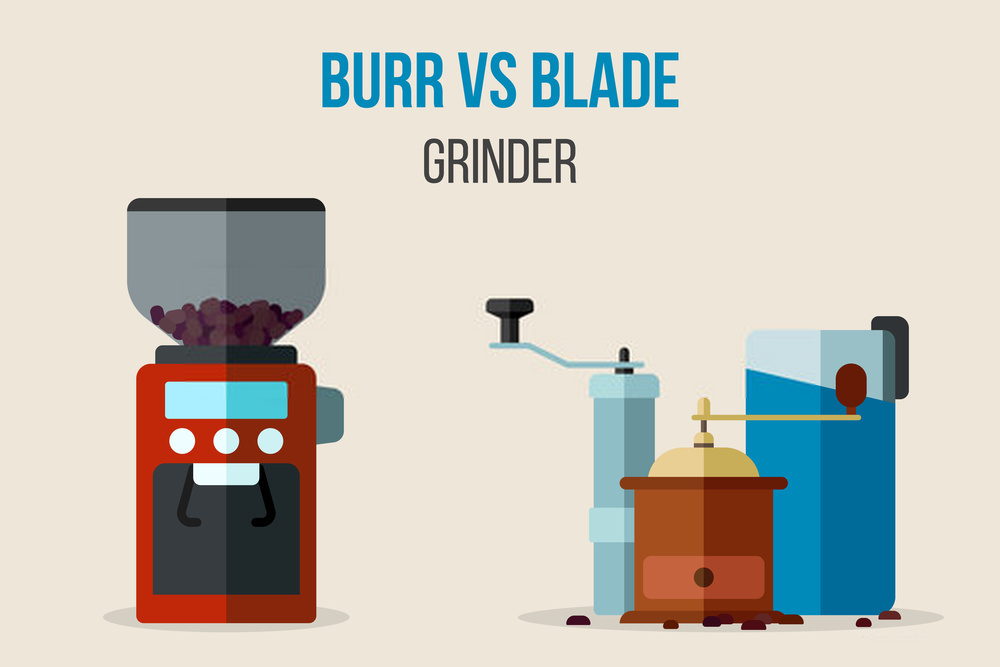

Burr Grinders
Burr grinders provide a lot of benefits that blade grinders do not. They are usually more advanced and give you the ability to select an exact, repeatable size for your coffee beans. It let store all of your ground coffee in their hopper. It also offers special features like how many cups you want to brew with each use. But since burr grinders can be very expensive, we recommend that if you have the cash available and do not require something travel-friendly or don’t mind having it on display in your kitchen at home, then go ahead and choose this option too.
Burr grinders are the most precise way to make your coffee. They provide a superior, consistent result than a blade or press-and-guess design. With burrs, you can adjust how close the ground is to get a different size of the coarse or fine grind depending on what you’re looking for in terms of flavor profile and consistency. When using them with specialty coffees such as espresso beans, they let their true flavors shine brighter because of their precision.
Pros: Sifting your beans will save you time and money. You won’t have to throw out as many of them, which means less waste.
Cons: Price is something that has to take into consideration when choosing a burr grinder. Some are larger and heavier than blade grinders, which means they use more energy, making them costlier in the long run.
BURR TYPES: FLAT VS CONICAL
Once you have decided on a burr grinder, the decision-making doesn’t stop here. Now, you need to choose from among the different types of burrs that may be used in your coffee beans.
Flat Burrs
Flat burrs use the force of centrifugal motion to propel coffee towards the teeth, which are spaced closely together. The disks adjust by moving closer or further apart. For example, 250-600 kilograms will be needed to replace flat burs rather than conical burs.
Conical Burrs
This is more precise in many ways than flat burrs. These burrs have a cutting face of around 60 degrees and only need replacing after 750 to 1,000 kilos. The same idea is supported by Moldaver’s article that conical grinders last longer than flat ones because they can be adjusted in different directions rather easily and do not require sharpening like the latter.
Blade Grinders
Burr grinders are the ones that we recommend. Burr grinders have a compartment with a spinning blade on the bottom. It comes in different shapes, sizes, and price ranges. To operate these devices you place your coffee into its chamber before pressing a button to start grinding. Once you think you have a decent ground size for brewing, stop for now by pressing another button. The downside of burr grinders is that their lack of precision. What’s more important is inconsistency due to particles not being fully turned into dust after processing. This makes it difficult to determine how long to continue grinding altogether.
Blade grinders inevitably produce a random pattern of grind sizes. Most people think you’re better off getting pre-ground coffee than grinding fresh with a blade grinder. With pre-ground coffee, you have at least set yourself up for an even extraction. Because our general opinion is that the main reason for getting a blade model is to gain access to coffees. We recommend purchasing this type of machine over other types and styles like burr or electric designs.
Pros: They are affordable for beginners, making them accessible.
Cons: They grind the beans unevenly, which is a serious issue for anyone who likes Turkish coffee or espresso.
Other points to consider
When investing in a grinder, you need to take into account its size, grind settings, dosing options, and so on. One major point is whether the machine will be suitable if you plan on using it for espresso or not. These tend to be more robust (and expensive!).
Similarly, some machines offer standard dosage while others do over time. The perfect grinder does not exist; however, there are many fantastic devices that can fit your needs with their wide range of capabilities.
Conclusion
With this article, we hope to have helped you decide what kind of Coffee Grinder is best for you. For a full rundown we tested and how they ranked in our review, check out our article on them. Check out our other blog post if you’re interested in delving even further into everything related to coffee. It covers every test that went into finding the perfect grinder type for any need.


